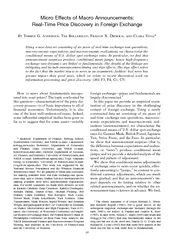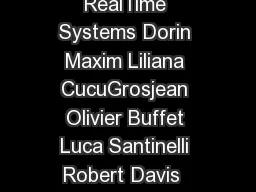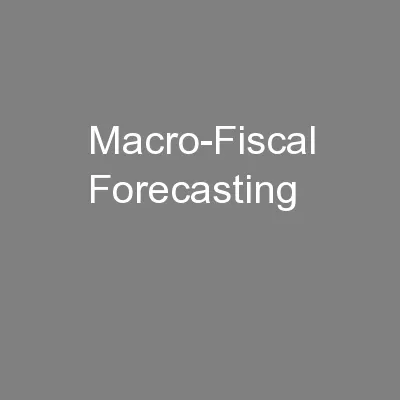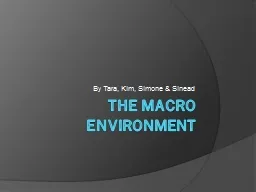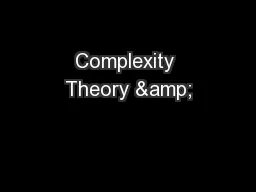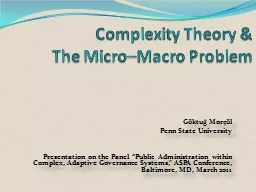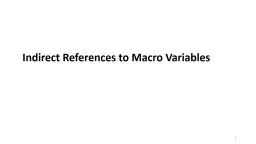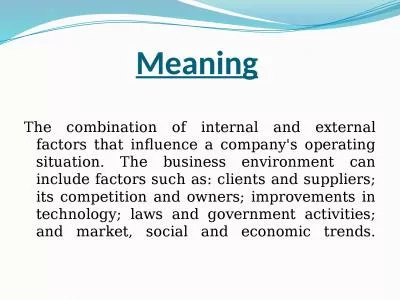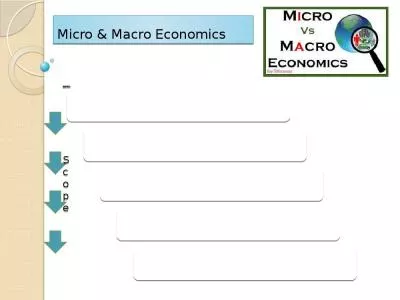PDF-Micro Effects of Macro Announcements RealTime Price Di
Author : stefany-barnette | Published Date : 2015-04-28
NDERSEN IM OLLERSLEV RANCIS X IEBOLD AND LARA EGA Using a new data set consisting of six years of realtime exchangerate quotations macroeconomic expectations and
Presentation Embed Code
Download Presentation
Download Presentation The PPT/PDF document "Micro Effects of Macro Announcements Rea..." is the property of its rightful owner. Permission is granted to download and print the materials on this website for personal, non-commercial use only, and to display it on your personal computer provided you do not modify the materials and that you retain all copyright notices contained in the materials. By downloading content from our website, you accept the terms of this agreement.
Micro Effects of Macro Announcements RealTime Price Di: Transcript
Download Rules Of Document
"Micro Effects of Macro Announcements RealTime Price Di"The content belongs to its owner. You may download and print it for personal use, without modification, and keep all copyright notices. By downloading, you agree to these terms.
Related Documents

